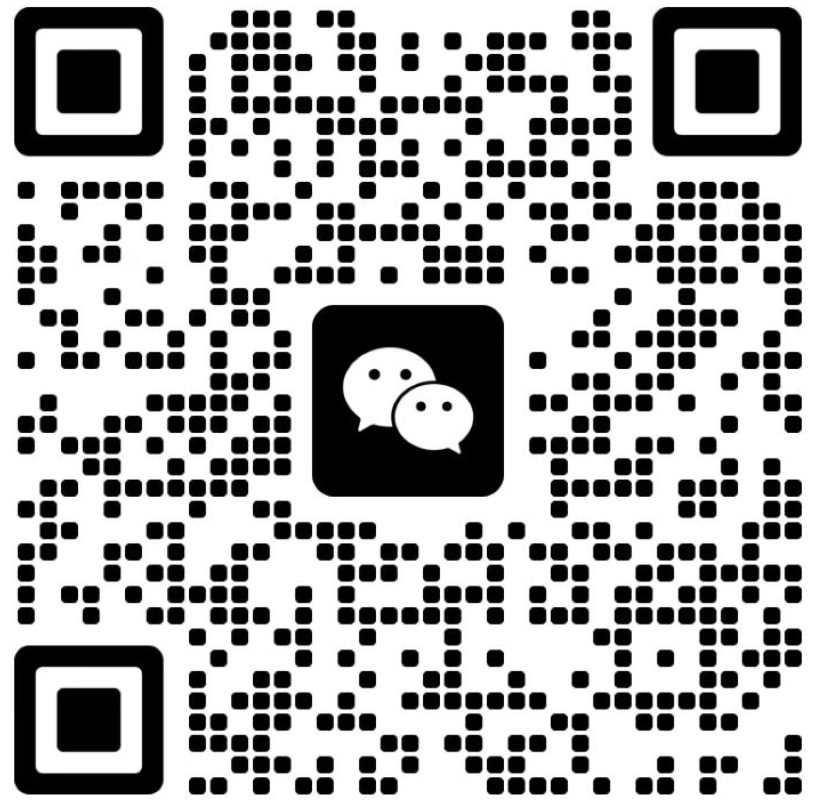Content
Contact us
Recombinant Rabbit Anti-HLA-DQA1 Monoclonal Antibody, clone BT2069
- Description
- Documentation
- Citations
| Cat No | BQSB-117 |
| Conjugate | |
| Type | 重組兔單抗 |
| Clone | BT2069 |
| Source | Rabbit |
| Tag | N/A |
| Size | 1 mg |
| Application | WB; IHC-P; IHC-F; IF |
| Format | Liquid |
| Concentration | Please refer to the vial lable for the specific concentration. |
| Buffer | Supplied in PBS. |
| Storage | Shipped at 4℃. Store at -20℃ for one year. Avoid repeated freeze/thaw cycles. |
| Synonyms | 組織相容性抗原DQA1;β-Amyloid 1-16;beta Amyloid(1-16);beta-Amyloid 1-16;A4;B Amyloid 1-16;A4_HUMAN;AAA;ABETA;ABPP;AD1;Alzheimers Disease Amyloid Protein;Amyloid B;Amyloid Beta A4 Protein Precursor;Amyloid Beta;Amyloid of Aging and Alzheimer Disease;APP;APPI |
| Purification | |
| MolecularWeight | |
| Description | |
| Background | Binds peptides derived from antigens that access the endocytic route of antigen presenting cells (APC) and presents them on the cell surface for recognition by the CD4 T-cells. The peptide binding cleft accomodates peptides of 10-30 residues. The peptides presented by MHC class II molecules are generated mostly by degradation of proteins that access the endocytic route; where they are processed by lysosomal proteases and other hydrolases. Exogenous antigens that have been endocytosed by the APC are thus readily available for presentation via MHC II molecules; and for this reason this antigen presentation pathway is usually referred to as exogenous. |
We can offer labeled proteins/antibodies using a broad range of intensely fluorescent dyes and labels including FITC; Biotin; Alexa Fluor; Rhodamine B; Cy; Co-Au.

 QQ交談
QQ交談